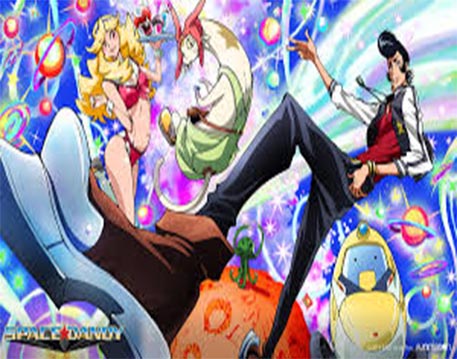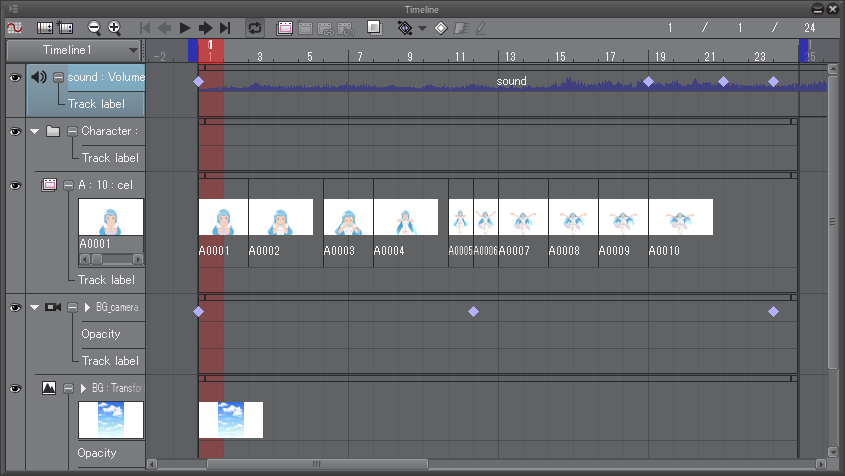

The date and first film publicly displayed is another source of contention: while no Japanese-produced animation is definitively known to date before 1916, the possibility exists that other films entered Japan and that no known records have surfaced to prove a showing prior to 1912. This claim has not been verified though and predates the first known showing of animated films in Japan.

It consists of fifty frames stencilled directly onto a strip of celluloid. Known as Katsudō Shashin ( 活動写真, "Activity Photo"), from its depiction of a boy in a sailor suit drawing the characters for katsudō shashin, the film was first found in 2005. Origins of anime (early 1900s – 1922) Īccording to Natsuki Matsumoto, the first animated film produced in Japan may have stemmed from as early as 1907. Cartoonists Kitzawa Rakuten and Okamoto Ippei used film elements in their strips in the early 20th century. Finally, manga were a heavy inspiration for Japanese animation. Puppets of the bunraku theater and ukiyo-e prints are considered ancestors of characters of most Japanese animations. The paper play called Kamishibai surged in the twelfth century and remained popular in the street theater until the 1930s. Magic lanterns from the Netherlands were also popular in the eighteenth century. Kagee was popular during the Edo period and originated from the shadows play of China. Traveling storytellers narrated legends and anecdotes while the emakimono was unrolled from the right to left with chronological order, as a moving panorama. Emakimono was common in the eleventh century. Emakimono and kagee are considered precursors of Japanese animation.

Space Battleship Yamato and The Super Dimension Fortress Macross also achieved worldwide success after being adapted respectively as Star Blazers and Robotech. In the 1980s, anime became mainstream in Japan, experiencing a boom in production with the rise in popularity of anime like Gundam, Macross, Dragon Ball, and genres such as real robot, space opera and cyberpunk. During this period several filmmakers became famous, especially Hayao Miyazaki and Mamoru Oshii. Typical shows from this period include Astro Boy, Lupin III and Mazinger Z. During the 1970s, anime developed further, with the inspiration of Disney animators, separating itself from its Western roots, and developing distinct genres such as mecha and its super robot subgenre. Propaganda films, such as Momotarō no Umiwashi (1943) and Momotarō: Umi no Shinpei (1945), the latter being the first anime feature film, were made during World War II. The second generation of animators in the late 1910s included Ōten Shimokawa, Jun'ichi Kōuchi and Seitaro Kitayama, commonly referred to as the " fathers" of anime. Possibly inspired by European phantasmagoria shows, utsushi-e showmen used mechanical slides and developed lightweight wooden projectors (furo) that were handheld so that several performers could each control the motions of different projected figures. Before the advent of film, Japan already had a rich tradition of entertainment with colourful painted figures moving across the projection screen in utsushi-e ( 写し絵), a particular Japanese type of magic lantern show popular in the 19th century. The history of anime can be traced back to the start of the 20th century, with the earliest verifiable films dating from 1907.


 0 kommentar(er)
0 kommentar(er)
